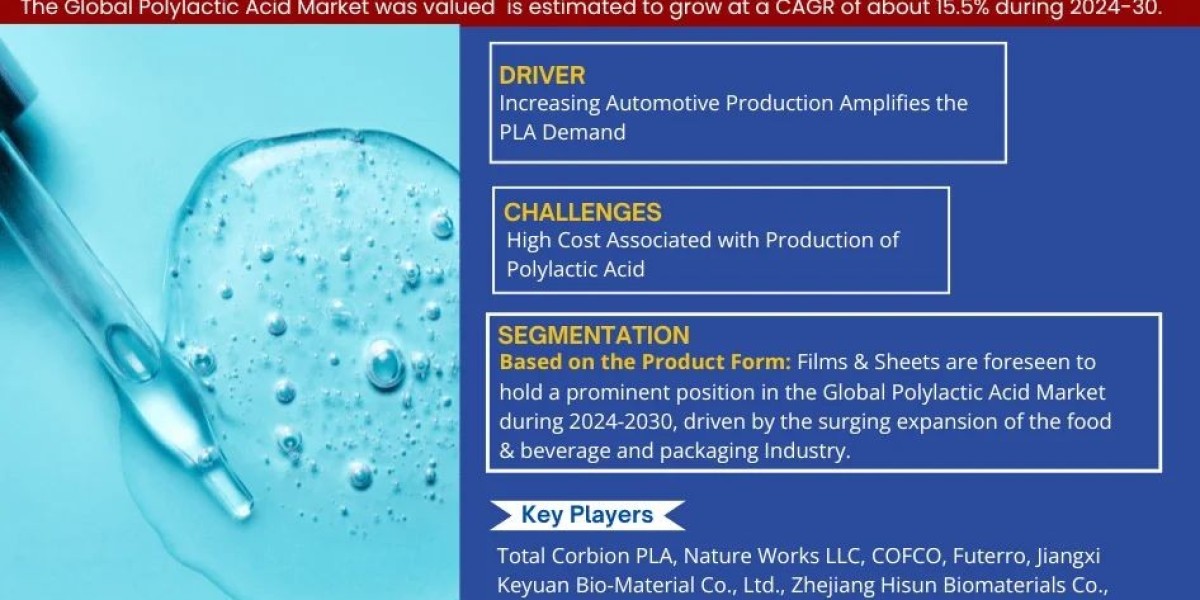Originally published on Technavio: Tanker Shipping Market by Type, Mode Of Transportation and Geography - Forecast and Analysis 2023-2027
The Tanker Shipping Market is the focal point of a comprehensive research analysis, forecasting trends and developments from 2023 to 2027. This study delves into key aspects, including tanker types, modes of transportation, and geographical considerations within the tanker shipping sector.
**Market Overview:**
Tanker shipping plays a pivotal role in the global transportation of liquid cargo, including crude oil, chemicals, and petroleum products. This market analysis aims to provide a thorough understanding of dynamics, vessel variations, transportation modes, and geographical trends within the tanker shipping market.
**Key Components of the Market Analysis:**
1. **Tanker Types:**
The research examines various types of tankers, including crude oil tankers, chemical tankers, and product tankers. This encompasses an analysis of vessel specifications, cargo capacities, and the specific roles each type of tanker plays in the global shipping industry.
2. **Modes of Transportation:**
The study explores different modes of tanker transportation, considering sea routes, inland waterways, and intermodal connections. This involves an assessment of the advantages, challenges, and market trends associated with each transportation mode.
3. **Geographical Considerations:**
The analysis provides insights into the geographical distribution of the tanker shipping market. This includes considerations for key regions such as North America, Europe, Asia-Pacific, South America, and the Middle East and Africa.
**Market Dynamics:**
1. **Cargo Demand Trends:**
The study examines current trends influencing the demand for tanker shipping services. This involves considerations for factors such as global oil consumption, chemical production, and the movement of petroleum products to meet energy and industrial needs.
2. **Regulatory and Environmental Factors:**
The analysis delves into the impact of regulatory standards and environmental considerations on the tanker shipping industry. This includes an assessment of compliance requirements, emission control initiatives, and the role of sustainable practices in shaping the industry's future.
3. **Technological Advancements:**
Technological innovations within the tanker shipping sector are explored, encompassing vessel design, navigation systems, and safety features. The research assesses how advancements contribute to operational efficiency, safety, and environmental sustainability.
**Regional Market Analysis:**
1. **North America:**
A detailed examination is conducted for the North American tanker shipping market, considering factors such as the transportation of shale oil, regulatory frameworks, and the influence of major ports on market dynamics.
2. **Europe:**
The European market dynamics are explored, taking into account variations in energy consumption, chemical production, and the impact of maritime regulations on the tanker shipping industry.
3. **Asia-Pacific:**
The analysis covers the Asia-Pacific region, highlighting factors such as the demand for oil and chemicals, the role of emerging economies, and the importance of strategic sea routes in shaping the tanker shipping landscape.
4. **South America:**
South America's tanker shipping market is assessed, focusing on factors such as the export of crude oil, regional trade patterns, and the impact of economic developments on shipping activities.
5. **Middle East and Africa:**
The Middle East and Africa region are examined, with attention to factors such as oil production, petrochemical exports, and the significance of maritime trade routes in facilitating global connectivity.
**Opportunities for Growth:**
1. **Digitalization and Data Analytics:**
Opportunities for growth lie in embracing digitalization and data analytics. The study suggests that leveraging technology for route optimization, predictive maintenance, and real-time data analysis can enhance the efficiency and safety of tanker shipping operations.
2. **Alternative Fuels and Green Shipping:**
The research highlights opportunities in adopting alternative fuels and green shipping practices. As sustainability becomes a key focus, the industry can explore investments in cleaner propulsion technologies and eco-friendly initiatives.
3. **Collaboration and Industry Partnerships:**
Collaborative efforts and partnerships within the industry present growth avenues. The analysis suggests that forming alliances for joint ventures, sharing resources, and optimizing fleet capacity can contribute to cost efficiency and market competitiveness.
To Learn deeper into this report , View Sample PDF
**Conclusion:**
In conclusion, the Tanker Shipping Market Analysis provides a comprehensive overview of the industry, covering tanker types, transportation modes, and geographical considerations. As the global trade landscape evolves and environmental sustainability gains prominence, this research serves as a valuable resource for stakeholders, shipping companies, and policymakers seeking insights into the trends and growth opportunities within the tanker shipping market.








